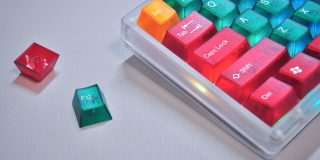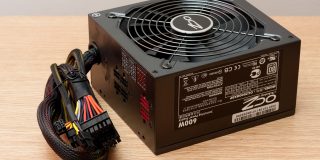What to Look For in a Gaming Headset

While having a surround sound system for gaming is probably the dream, some people don’t live alone. Therefore, gaming headsets are a popular solution; however, there’s a new problem. You’re likely unsure how to pick one, especially with so many available products on the market and a vast array of features between them.
There’s no need to panic, as there are ways to choose the perfect gaming headset. You’ll find that less isn’t always bad. Read on to find out more.
Headphones vs. Headsets
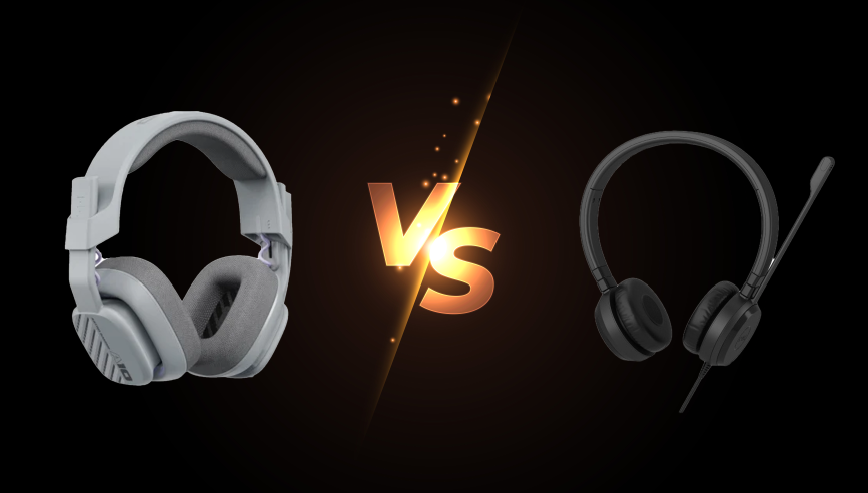
It’s important to understand that headphones and headsets aren’t the same things. In short, a pair of headphones doesn’t have integrated microphones. This is because they’re used primarily for listening to music.
Audiophile headphones won’t have native microphone support, so you need an external microphone if you’re trying to communicate with your teammates (or smack talk to enemies).
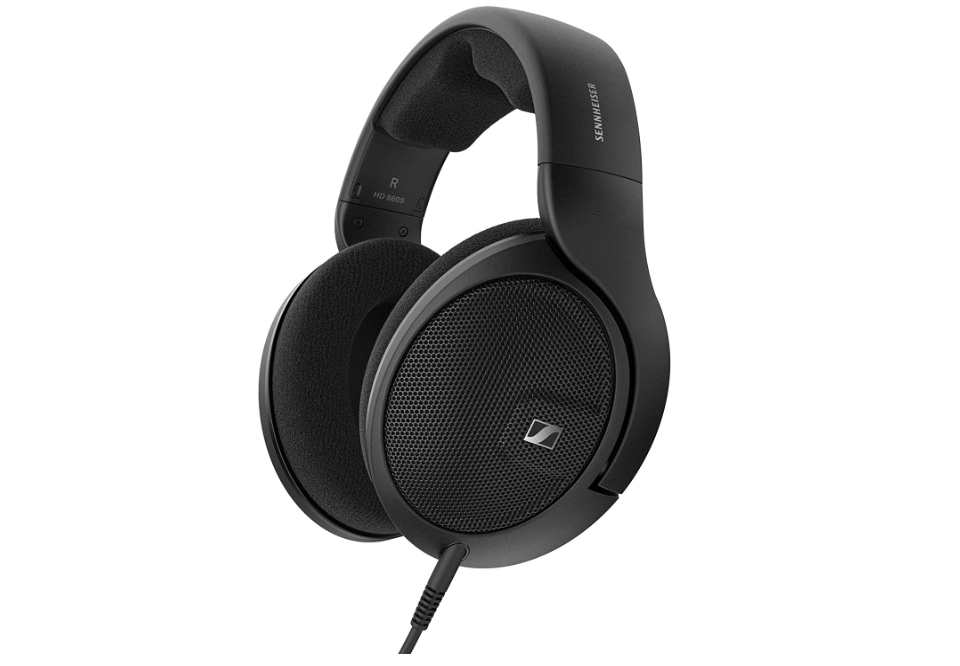
On the other hand, headsets come with a built-in microphone subsystem. These mics may be detachable, retractable, or integrated entirely, but that depends on the manufacturer and model. Gaming headsets also have other features designed to make playing games an incredible experience.
Now that you understand how these differ, you’ll know not to get the wrong type of audio equipment.
Standard Features to Look Out For
Headsets with bells and whistles will always attract gamers, but many people forget the first, most important factor of buying headsets, the fit. If a headset isn’t comfortable to wear, no amount of extra features will justify buying it. If it passes this test, you can look for other details.
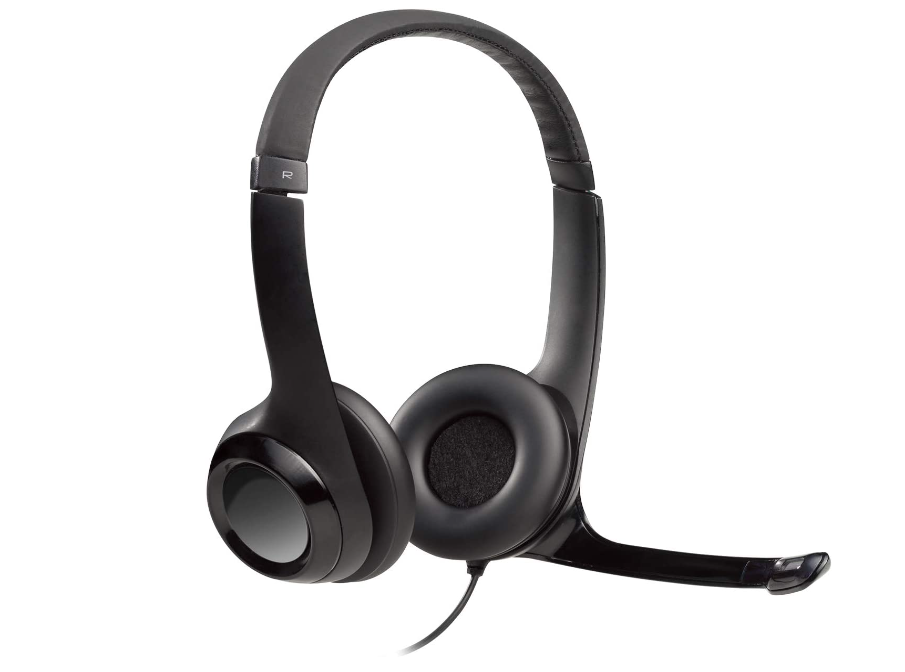
Comfort
Comfort is the first thing you want to consider because gaming typically comes in long sessions with friends. If you keep wearing something uncomfortable, you can even develop headaches. Friction is also a factor, and accumulated sweat can lead to chafing and irritation.
If you have the chance to try out some gaming headsets before buying them, you should do so. Today, many headsets are adjustable, so you’ll usually avoid the problem of comfort. However, if you buy a pair online and can return them, we recommend doing so if you experience pain or discomfort.
Sound Isolation
Sound isolation is another important factor to consider. Subtle audio cues are incredibly influential in making decisions in gaming. Your victory can hinge on good hearing.
A good seal on your headset will ensure you hear minor differences in audio, such as footsteps from far away, giving you a significant competitive advantage. Headphone pads can also take time to mold to the shape of your head.
Users with bigger ears will also require larger pads, and some manufacturers offer replacements to accommodate them. If not, getting a pair that will surely fit you is the best idea.
Glasses-wearers can get velour pads or headsets with eyewear grooves, as the bass response is lowered significantly if the cups don’t make full contact with your head.
If you can hear too many outside sounds, look for another headset instead. It likely has poor isolation, or you’re looking at a pair of open-back gaming headsets. The latter design is intentional, but we’ll discuss this later.
Material and Quality
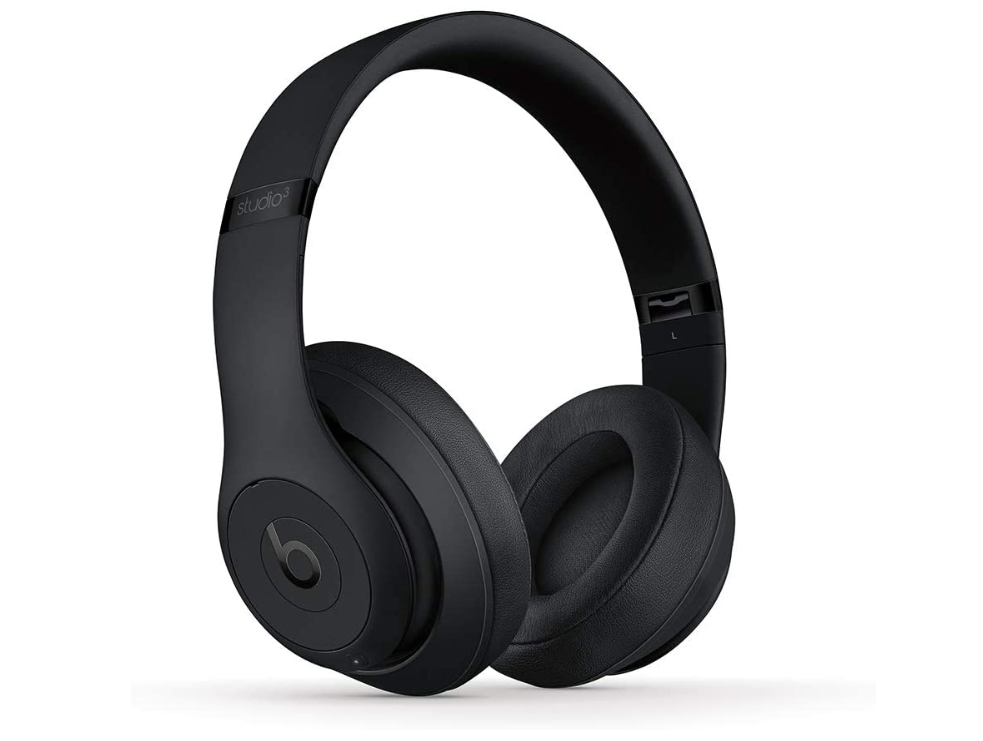
Metal often inspires a feeling of reliability and durability, and it’s true for most products. However, too much metal on a headset can be heavy, which is why most models use plastics instead. Despite this, you’ll often find a combination of materials used to make high-quality gaming headsets.
Some have all-metal skeletons, and others are mostly plastic. We recommend looking for something containing steel, as it will result in a sturdier product. Otherwise, look for high-quality polymer builds that can withstand everyday use.
Weak plastics can even snap with some pressure, so avoid getting these poor-quality headsets if possible.
The Mic
Gaming headset microphones won’t make you sound like David Attenborough’s documentaries, as these don’t qualify for recording quality. Therefore, the bass spectrum will usually be less than ideal. You can adjust the mic position to compensate, but there’s little else you can do.
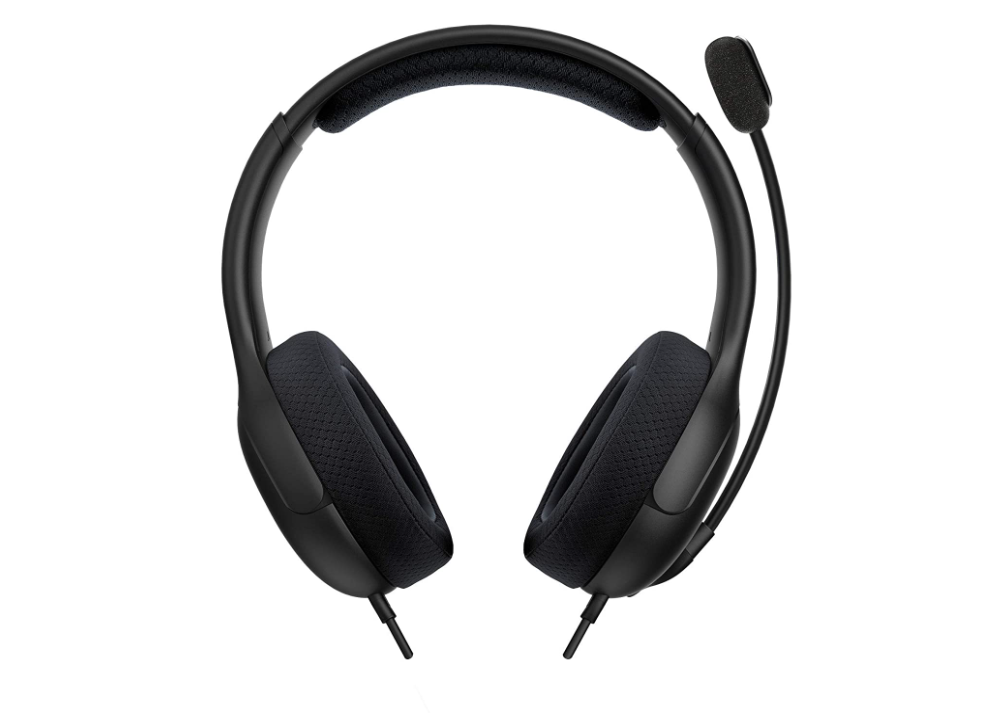
Look for adjustable microphones if possible. Choosing between detachable or retractable mics is primarily up to personal preference, though gamers who travel often will find detachable mics safer. These aren’t as likely to get damaged during your trip.
Surround Sound
Surround sound and 3D sound aren’t identical, but the former is what you’ll encounter on gaming headsets. It’s widespread and has helped gamers locate enemies precisely. Surround sound can provide a 360-degree soundscape, letting you tell the direction of gunshots better than standard stereo.
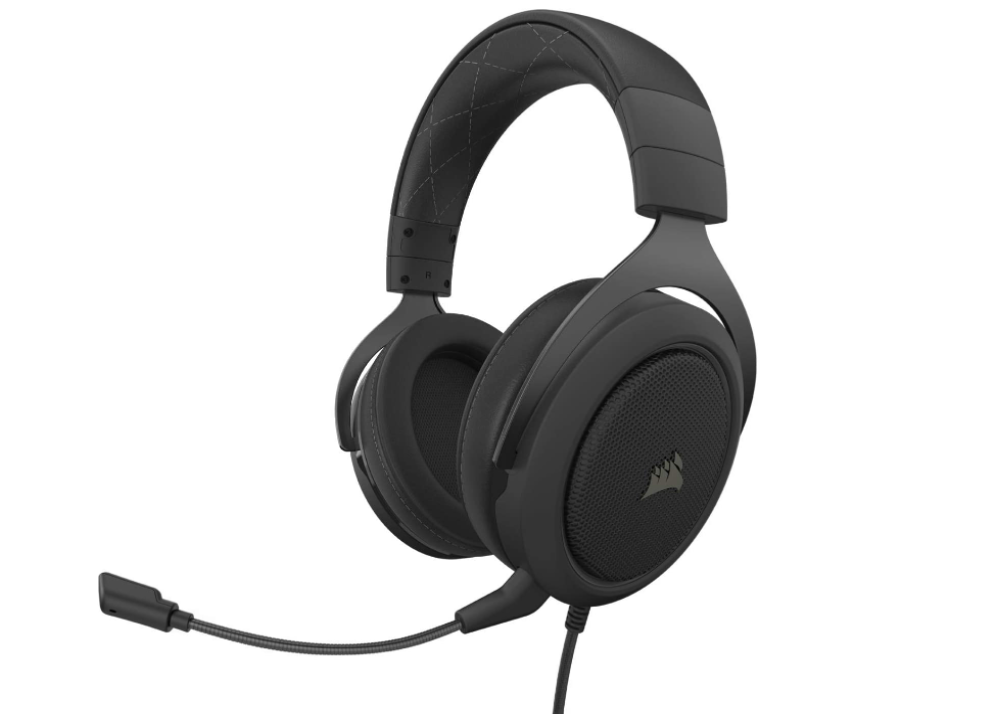
3D sound is different, as it lets you experience sound in a sphere instead of a 2D circle. Not many gaming headsets have 3D sound because few games take advantage of it.
Your consoles should support surround sound, and PCs already have options like Dolby Atmos and many more. Since they work over 3.5 mm ports and USB, you can easily use surround sound on your gaming headsets.
FPS games tend to prioritize sound direction, so you should enable surround sound. On the other hand, rhythm games and MOBAs aren’t usually like this. You can play these games with stereo audio and still do well.
Appearance
While not essential to some, no one likes wearing an ugly headset. Today, manufacturers have released products that appeal to the ears and eyes at once. Many different aesthetic designs are available, so take your pick and get what you like.
Other Features and Functions
Here, you’ll learn more about some choices, such as wired or wireless. These may be mutually exclusive, so you should think hard before choosing.
Wired vs. Wireless
Both connections are valid and will provide good sound, but you’ll have to decide on one. A wired headset uses a USB port or a 3.5 mm audio jack. Wireless models use Bluetooth via USB dongles to connect to PCs or connect via Bluetooth directly to consoles and mobile devices.
Wired headsets tend to be cheaper as there’s no need to include Bluetooth chipsets. There are also plenty of options compared to wireless headsets. Convenience is yet another factor because there are no batteries or extra software to install.
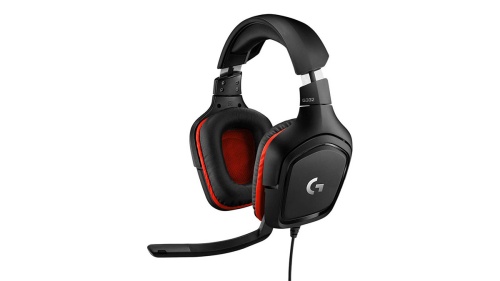
Compared to wireless connections, wired headsets have a richer soundscape because there’s no reason to compromise sound quality. This is apparent in expensive models, which are a treat to the ears.
However, you can sometimes damage the wire if you get careless, which puts the headset out of commission. Moving around with one isn’t possible either, as the cable requires you to put it down to go elsewhere.
Wireless headsets have no movement restrictions, allowing gamers to get a glass of water while staying in the conversation.
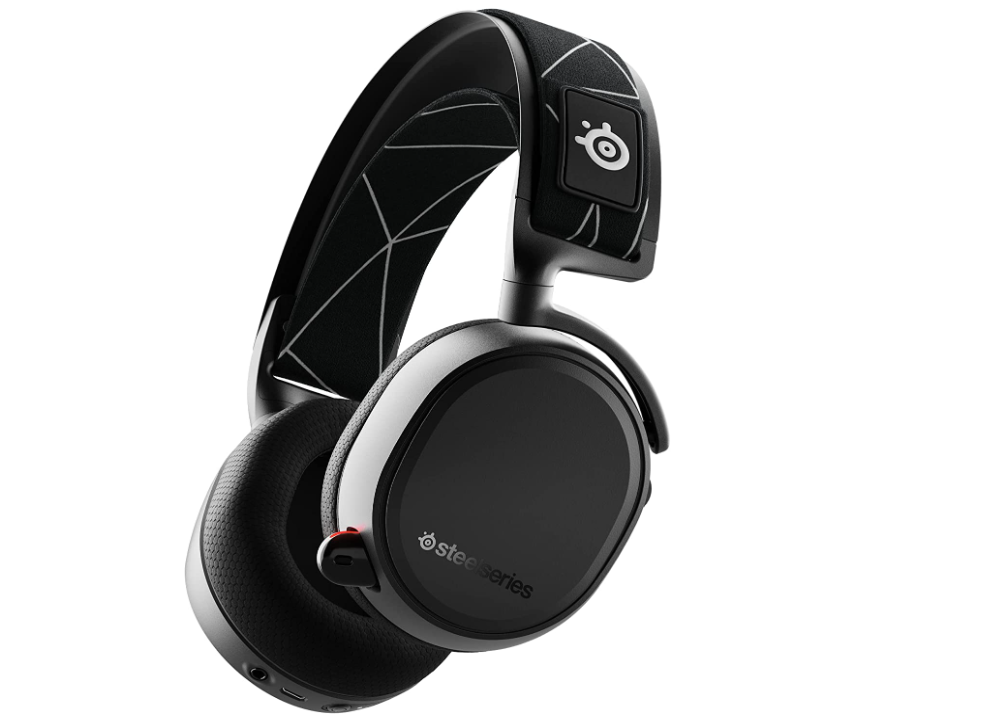
On high-end models, the battery life is quite impressive. They can now last longer and require less charging. However, you can still run out of battery if you forget.
Sadly, wireless headsets tend to be more expensive when you compare the same class and type due to the cost of Bluetooth chipsets and other electronics. Cheaper ones are usually not worth getting, as their manufacturers make too many compromises.
We recommend getting devices with Bluetooth 5.0 and higher, as these versions have more range and are less prone to feedback and interference.
No matter the cost, wireless headsets do struggle with delay. Bluetooth connections take time, so you may notice a slight delay in the sound. It’s a necessary evil that you’ll have to endure.
The choice between pure Bluetooth and USB dongle is also not unimportant. You might want to use the same headset on other devices, but you can’t do that with the latter easily. There are some ways to circumvent the need for a USB port with extensions, but it won’t make for a seamless look. Direct Bluetooth is, therefore, the more flexible choice.
Wired headsets remain popular today, but wireless ones are steadily improving. There’s no clear answer to which is superior, so you have to decide based on your environment and needs.
ANC
ANC stands for active noise canceling, a technology that actively prevents you from hearing outside noise. Passive noise canceling is already present on all headsets since the headphone cups provide a good seal. However, you can go further with ANC.
ANC creates soundwaves to cancel out incoming external sounds, so you hear only the game and your teammates talking. Professionals playing competitively in loud arenas use ANC, allowing them to play without distractions.
There are several types of ANC, including feedback ANC, feedforward ANC, and adaptive ANC. Feedforward is better than feedback ANC, while adaptive ANC combines the two.
All of these ANC types can be found on budget-friendly headsets.
However, ANC gaming headsets aren’t very common, but you can still find a decent variety of products. It’s mostly the big brands that make these headset types, so you can trust them more than an unknown name.
This feature isn’t necessary, but you’ll find it helpful for total immersion. Just be mindful of your surroundings when using such a product as you’re unlikely to hear anything happening around you.
Open-Back or Closed-Back
Headset cups come in two main varieties, the open-back design and the closed-back style. While the former tend to be less impressive in terms of bass response, there are legitimate reasons to go with open-back gaming headsets over the other.
An open-back cup allows outside noise into the ear, so you can still hear what’s happening around you. This configuration also lets game audio leak out, and some of the bass is gone.
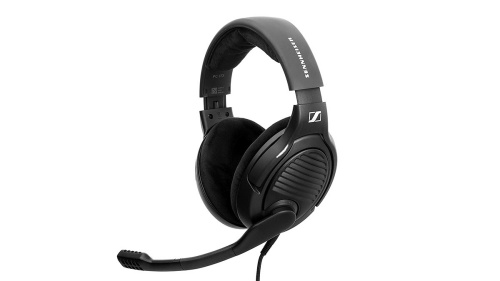
Nevertheless, open-backed headsets allow for a more natural sound, as the design affects the acoustics inside. They also allow heat to escape, which isn’t possible with closed-backed designs.
Many gamers prefer closed-back headsets, as they shut you out of the outside world and let you concentrate on gaming.
Being aware of your surroundings is essential for safety or if you live with someone else. Therefore, there is merit to the open-backed design. We recommend the closed-back design for the best gaming performance, as it’s difficult to beat.
Head Tracking
Most headsets operate on the assumption that you’re looking straight at a monitor, and thus you get the correct sound orientation. However, you’ll immediately feel out of place when you turn your head around. To address this, companies have developed head-tracking gaming headsets.
Head-tracking uses special software to simulate sounds coming from different directions as you change your orientation. AR and VR games will benefit the most from this, as the software constantly makes corrections based on your head position.
Not many brands make gaming headsets with this feature. One notable example is the JBL Quantum ONE. It also has JBL’s proprietary QuantumSPHERE 360 7.1 Surround Sound so that the head tracking will be even more realistic.
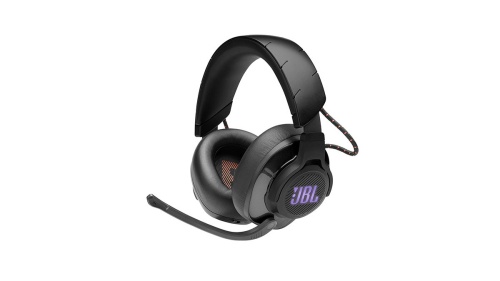
These headsets can cost more, so you’ll have to determine if head tracking is necessary for your gaming experience. Typical titles may not require it, so it’s more of a niche option.
Dedicated Software
Some gaming headsets come with dedicated software, and the JBL Quantum ONE is one of them. The software isn’t necessary, but having a program to customize your headset can be significant. For example, the Razer Opus X comes with the Razer app, and you can change the sound profiles.
Different sound profiles let you switch up the audio experience. Gaming presets are best for your grind sessions, and you can switch to other presets when it’s time to unwind with music.
Some apps even let you tweak the bass levels directly if you’re familiar with equalization. Not all apps can do that, so you may have to look around.
Take Your Pick
There are so many gaming headset options available right now, and new technologies are constantly being developed for them. Making a choice can be challenging, so it’s best you do extensive research before buying. With the right headset, you can enjoy them for many years to come. You’ll surely miss it when it breaks too.





